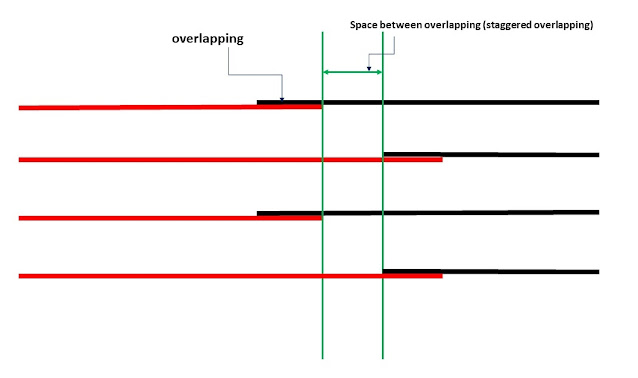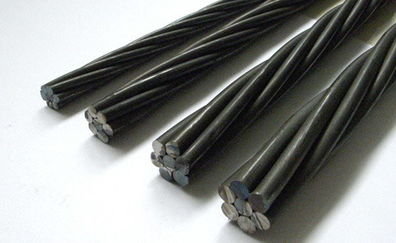Whitney Rectangular Stress Distribution(derivation of beam expressions)
experimental tests confirm that the strain varies in proportion to a distance from the neutral axis in compression and tension zone within and near the ultimate stress. compression stress will vary linearly as long the maximum stress is less than 0.5fc'. once the stress exceeds 0.5fc' the distribution of compression stress will change from linear distribution to the shape shown in figure 1.
compressive stress will vary from zero at the neutral axis to a maximum value at or near the extreme fiber. neutral axis location and stress variation will differ from a beam to another. this variation depends on several factors such as magnitude and history of post loading, shrinkage, creep and speed of loading.
compressive stress will vary from zero at the neutral axis to a maximum value at or near the extreme fiber. neutral axis location and stress variation will differ from a beam to another. this variation depends on several factors such as magnitude and history of post loading, shrinkage, creep and speed of loading.
Figure 1
for simplification whiteny replaced the curved stress block with a rectangular stress block as shown in the figure 2. compressive stress assumed to be constant over the depth of block and equal to 0.85fc'. depth of whiteny block equal a=β1c. the area of whiteny rectangular stress block is equal to actual area of curved stress distribution. also, the centroid of both block should coincide. β1 is equal to 0.85 for fc'=4000 psi or less and for fc' greater than 4000 psi it can be calculated using the following equation
for si units. β1 is equal to 0.85 for fc'=30 Mpa or less and it is reduced by 0.05 for each increase of 7 Mpa for a minimum value of 0.65. for concrete with a compressive strength greater than 30 Mpa β1 can be calculated using the following equation
Figure 2
using force and moment equilibrium equation we can get expressions for a and Mn.
as shown in figure 3. c=0.85fc'ab, T=Asfy
C=T
0.85fc'ab=Asfy
a=Asfy/(0.85fc'b)
a=ρfyd/(0.85fc'), ρ=As/(bd)
Mn=0.85fc'ab(d-a/2)
or
Mn=Asfy(d-a/2)
Mn should be multiplied by a reduction factor ϕ to account for material strength, dimensions and workmanship uncertainty
Mu=ϕMN=ϕ0.85fc'ab(d-a/2)=ϕAsfy(d-a/2)
if we substitute a with ρfyd/(0.85fc') which derived earlier
Mu=ϕAsfy(d-ρfyd/(0.85fc'*2))
ρ=As/(bd)
As=ρ(bd)
Mu=ϕfyρ(bd)(d-ρfyd/(0.85fc'*2))
=ϕfyρ(bd^2)(1-ρfy/(1.7fc'))
assuming Ru=Mu/(ϕbd^2)
the previous equation can be rearranged to get ρ which the percentage the steel of a particular beam cross-section
ρ=((0.85fc'/fy)*(1-√(1-(2*Rn)/(0.85fc'))
Figure 3

















Comments
Post a Comment